Dundee Civic Trust is a voluntary organisation born out of the so-called “wrecking ball era” of the 1960s.
But as the organisation celebrates its 50th anniversary, its commitment to conservation, good design and regeneration remain as relevant as ever.
The trust continues to promote and organise talks and events which help educate local people on Dundee and its built environment.
In particular, it promotes matters of civic design, architecture and conservation.
Looking to the future, however, the trust’s chairman – retired Dundee solicitor Donald Gordon – has a wish-list for further change.
These include places like Monifieth and Invergowrie truly becoming part of ‘Greater Dundee’ instead of their Angus and Perth local authority counterparts.
He’d like to see more residential development in Dundee city centre and the development of brownfield sites ahead of greenfield urban sprawl.
He’d also like to see better protection of Dundee’s buildings at risk and a greater focus on environmentally sustainable new builds.
Born out of Dundee’s urban renewal
The roots of the trust can be traced back to February 1973.
“The 1960s saw Dundee Corporation embark upon a programme of urban renewal,” said Aberdeen-raised Mr Gordon, who remembers Dundee being “run down” when he used to visit his aunt and uncle in the city as a child.
“The target was the inner city areas of substandard development.
“But unfortunately buildings of historical interest were contained within and economies of scale often meant that they had to be included in the demolition.
“This destruction created a discussion between Tony Cooke and Charlotte Lythe of Dundee University and Bruce Walker of the Dundee Institute of Architects.
“The trio were all members of the Abertay Historical Society and saw a pressing need for a body, independent of the city council, which could lobby for architectural heritage to be given due recognition in the restructuring of the city.”
What were the trust’s early objectives?
As a result of those discussions, the trust was founded to help support the protection and conservation of Dundee’s numerous historic buildings.
The trust’s first annual report in 1974 listed a number of objectives.
They included opposition to greenfield housing at Kingennie and at the Gows, Invergowrie.
It contributed to discussions that led to the preservation and suitable use of Glasite Church, Mains Castle and Dudhope Castle.
The early days also saw it support the city council in creating a series of conservation areas.
The trust was successful in averting proposals for the erection of multi-storey flats in Fisher Street, Broughty Ferry and for the development of a hypermarket in Invergowrie.
The necessity for a ‘master plan’ for Riverside Drive was also highlighted.
The trust has taken action on many planning applications over the years.
Successful campaigns include opposition to the proposed demolition of Cox’s Stack at Camperdown Works in Lochee.
In 1984, it helped save two important ceilings in Carbet Castle, a former jute baron’s mansion in Broughty Ferry.
Another project pursued by the trust was the restoration of the iron bridge at East Lintrathan.
It carried out a study of city centre closes as a means to record for posterity the remains of the medieval and Georgian city centre.
Perhaps one of the most powerful influences has been its contribution to the preparation of the city council’s various statutory plans.
An historic “blackspot” for the trust, however, was its inability to force significant and worthwhile change upon the buildings constructed on Dundee Waterfront in the 1980s.
How did Donald Gordon get involved?
Originally from Aberdeen, Mr Gordon, a graduate of Aberdeen and Edinburgh universities, first came to Dundee in 1975 – going on to spend 40 years working as a solicitor for Dundee law firm Blackadders and its predecessors.
A member of Dundee Civic Trust for more than 10 years and a member of the board for six, he became chairman four years ago.
The trust has over 200 mainly local members who all have an interest in old and new buildings.
The board comprises a number of specialists including an architect, a couple of planners, and an engineer.
But there are also non-specialists including him who simply have an interest.
City fathers ‘could have done better’
Reflecting on the past, Mr Gordon says Dundee’s city fathers could have done better maintaining its old buildings – for example old theatres and cinemas.
Another thing that would unlikely happen today, he says, is the demolition of buildings to make way for Dundee’s inner ring road.
As with city centre demolition in the 1960s, such actions were prevalent amongst planners and officials at the time.
In wider Scotland, the construction of the A92 through the centre of Arbroath or the M8 through the centre of Glasgow could also be regretted through the modern lens, he said.
When it comes to things done well, however, the trust approves of the principle of the modern Dundee Waterfront development.
Although wider economic headwinds mean this is “going slower than the city council was hoping for” – the 30-year project was started around 25 years ago – he remains confident in its vision.
A wider mix of uses, including housing, is key, he believes, alongside potentially more open spaces.
“It would be great if the city centre was full of people living there again,” he said.
“In general we have those two aspects – an interest in new and old buildings.
“Another thing we are interested in is commenting on planning applications.
“We are in touch with the city council on a weekly basis with the trust commenting positively and negatively.
“We are also involved increasingly in pre-application consultation.
“There is a largely specialist planning group in the trust that meets monthly.
“But we are also involved in the bigger picture.”
Should parts of Angus, Perthshire – and Fife – become Dundee?
“For example, we feel that Dundee’s boundaries are far too small geographically.
“Dundee is the smallest council in Scotland geographically by far.
“Even Clackmannanshire is bigger!
“(Dundee City Council leader) John Alexander talks about Greater Dundee.
“We will be renewing our campaign to get the Scottish Government to extend Dundee City Council’s boundaries.
“It’s a nonsense that in Monifieth on one side of the road there are brown bins and on other side of road there are others from another authority.
“It’s nonsense that kids from Liff have to be bussed to Monifieth when Harris Academy (in Dundee) is two miles away.
“When it comes to education, bin collections and larger aspects of planning, Dundee City Council can’t do strategic planning from the point of view of houses that are only four miles away in Angus.
“It would be so much more efficient and effective to have all of those areas that I mentioned to the north, west and east included in Dundee.
“We’d like to do the same and include north Fife.
“But that might be going too far!”
Brownfield sites should be developed first
Mr Gordon has been campaigning for developers to fill up brownfield sites in the city.
This brings challenges, because it tends to be more expensive for developers and there are drainage issues.
It would, however, chime with the concept of the ‘20-minute neighbourhood’.
As well as houses, there needs to be facilities, shops and schools within 20 minutes of each other.
Contrary to this is the development of greenfield sites 10 or 15 miles away from the city.
Not only does this see people commute in from different council tax authorities, it’s often not great for the environment.
The trust believes that developers could and should be doing much more to build environmentally friendly, sustainable developments.
In this regard, the trust will continue putting pressure on the Scottish Government to bring in tighter building standards.
Dundee Civic Trust 50th anniversary anniversary parliamentary motion
Dundee SNP MP Chris Law recently tabled a House of Commons motion congratulating the trust on its work.
Events already held to mark its 50th anniversary include a civic reception hosted by the Dundee Lord Provost at the end of February and a dinner held at the Woodlands Hotel on May 4.
Forthcoming events include student awards, a lecture from a local architect, and a special Dundee Civic Trust awards scheme for the best buildings completed over the last four years.
The trust will publish a bumper edition of its annual City Scene magazine that’ll include a review of all the civic trust awards since about 1980 when the awards were instituted.
The trust has given around 70 awards to exceptional new or restored buildings over many years.
But some buildings have not been included that should have been.
Invitation to nominate buildings for award
As part of their 50th anniversary, trust members and professionals are invited to nominate buildings to be considered for a special award.
Nominations should be made directly before May 28 to the secretary at hughmacrae111@btinternet.com
“If we can manage to leave the city and the trust slightly better than when we arrived 50 years ago, then that’ll be a success,” said Mr Gordon when asked about achievements so far and hopes for the future.
“All of those things we have campaigned for would be less successful than they are if there had been no trust.
“In some ways changes are marginal.
“But changes at the margins are what people see and what they have to live with for the next 50 years!”
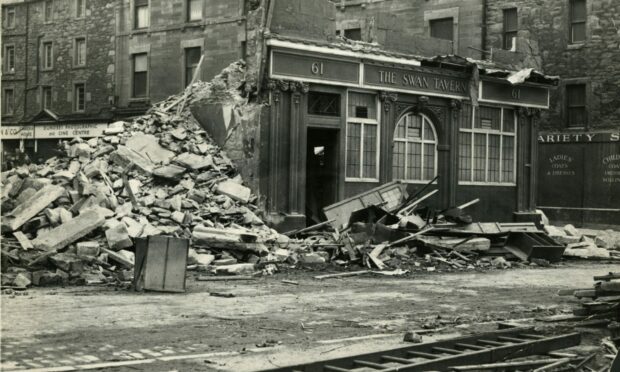

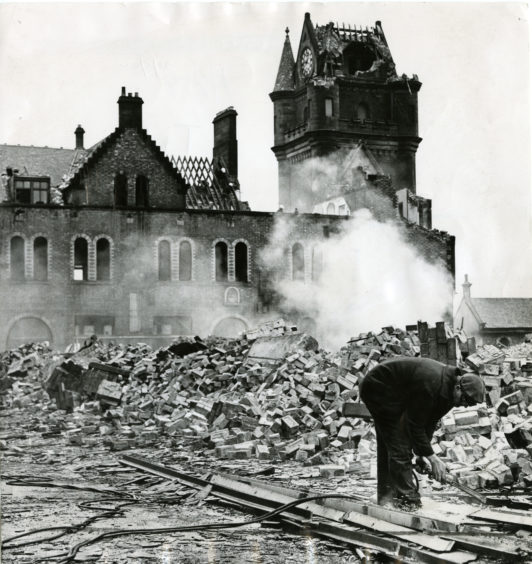


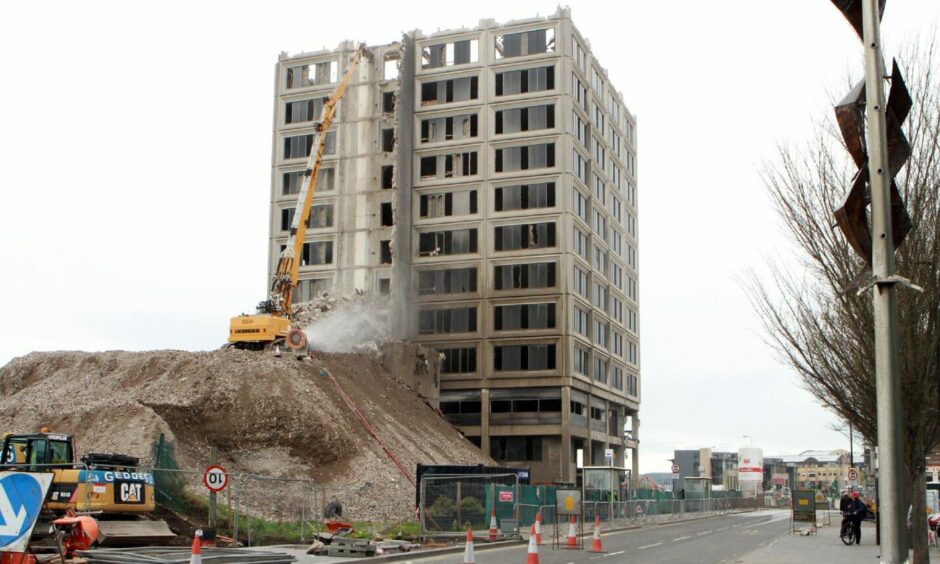

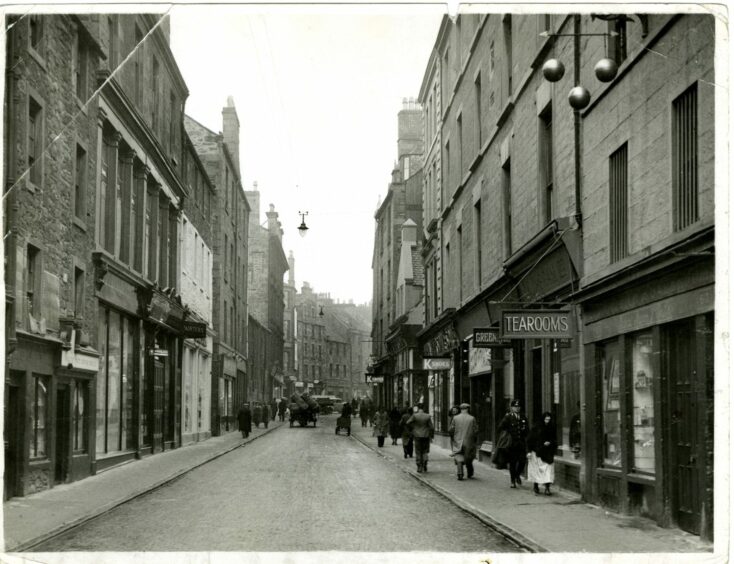
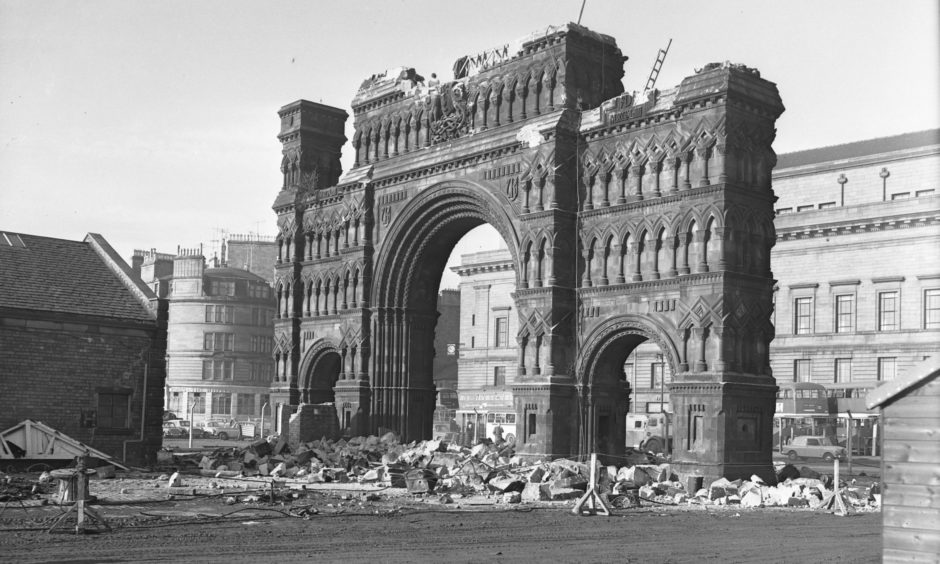
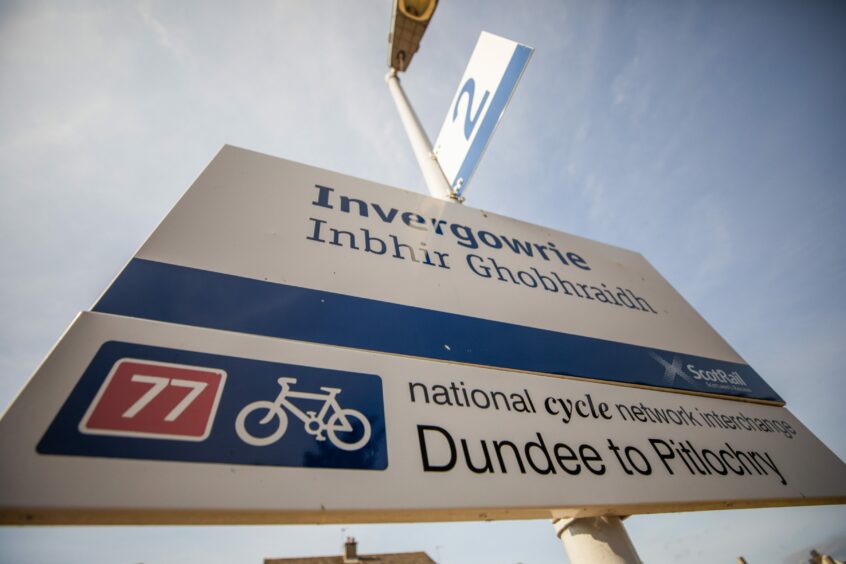
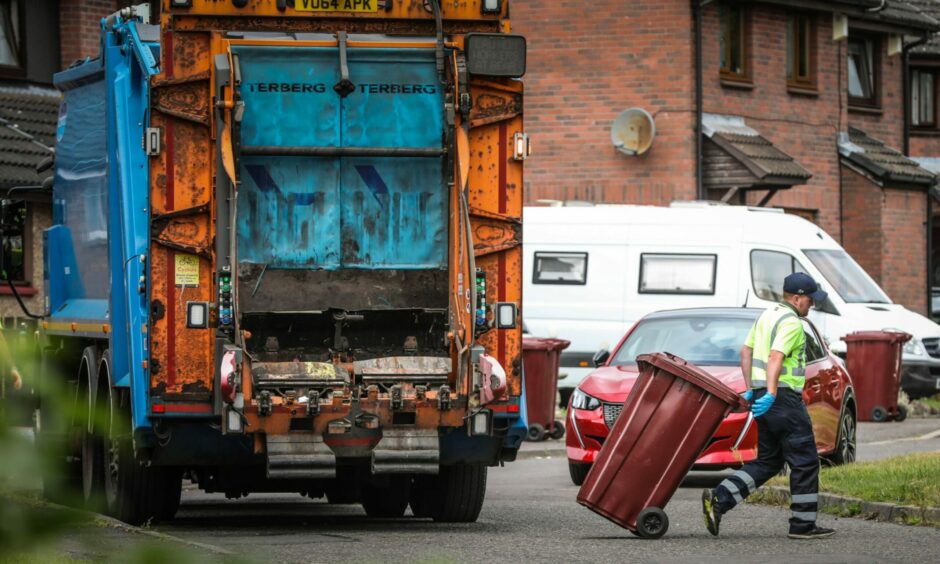

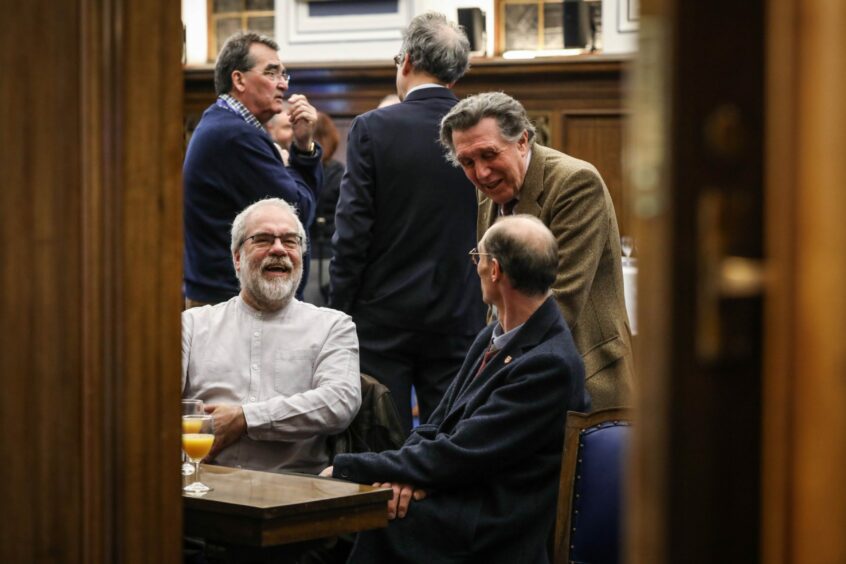

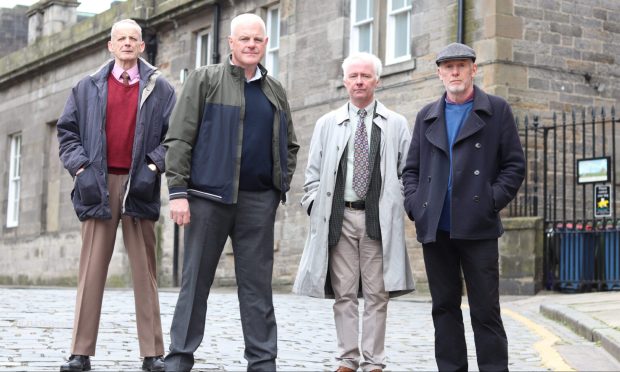
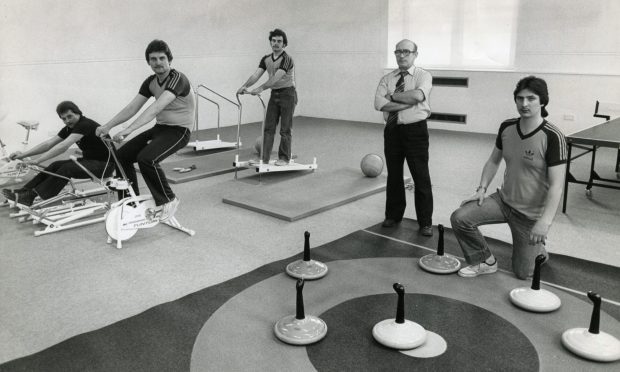
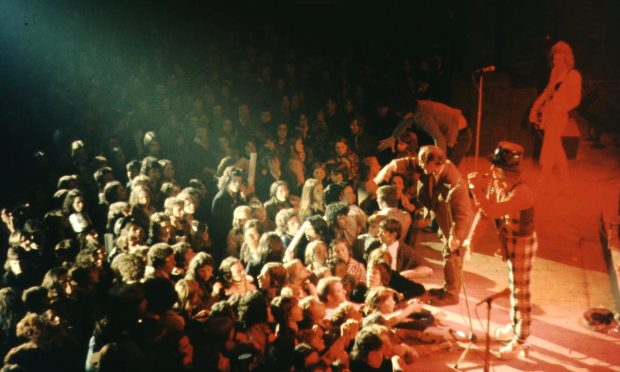
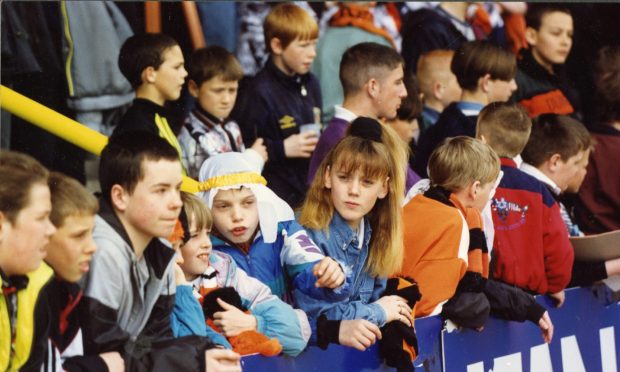
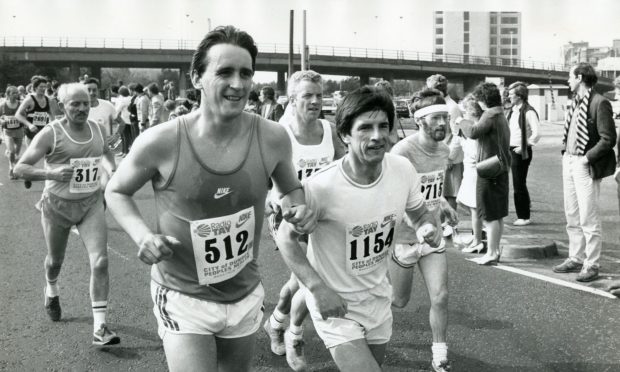





Conversation